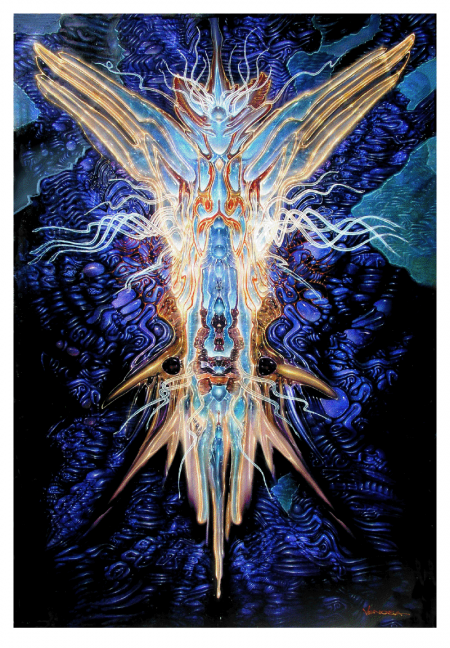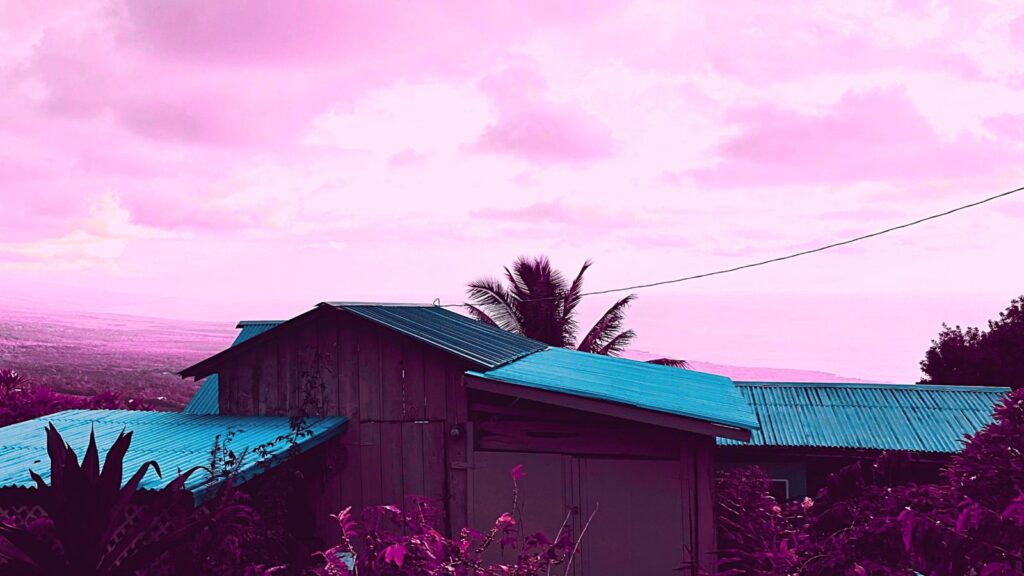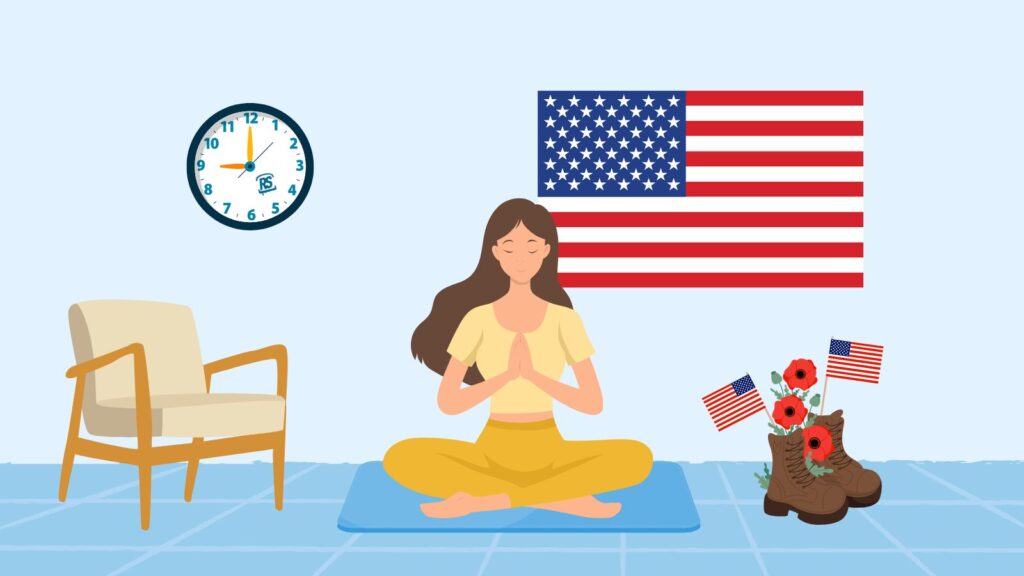For
painter and philosopher Robert Venosa, art and spirituality were
simultaneous. Venosa was a visionary in the most real sense of the
word: much of his artistic expression was deeply connected to visions
that he had of higher dimensional beings whom he perceived as angels,
although a different sort of angel than you might see in popular
religious art. At several crucial moments in Venosa's life he was
visited by an entity that seemed transcendent of time and space, yet
was partially visible in the third dimension. These experiences
affected Robert deeply and he attempted for the rest of his life to
paint them. Many of his well known works were inspired by these
visions, including twin angels Castor
and Pollux,
and Seraphim.
“Spirit
energy, like all universal energy, must manifest itself in form and
texture at its own vibratory level. We, in our present stage of
time-space evolution are unfortunately limited in our perception of
these transcendent substances. But the visionary, in his creative
expression, must overstep these limits if he is to resolve his task
of bridging the gulf between accepted reality and spiritual
postulation” (Manas
Manna,
page 3).
Robert
Venosa was born in an Italian family on Staten Island in Rosebank,
New York. After graduating from high school he
married Edith Strofield and fathered two children, Laura and Steven.
Over the course of his lifetime Venosa became one of the great
masters of technique and produced
hundreds of paintings and sketches, graphic design, cartoons, album
covers, and three illustrated books. He worked as an art director for
Columbia Records, designing the well known Santana logo and album
covers for Carlos Santana's classic album “Abraxas” and the later
“Silver Dreams, Golden Reality,” published under Santana's
spiritual name Devadip. During this period Venosa also directed music
videos for Columbia Records, amongst them the Four Tops’ top 40
single, “Runaway Child Running Wild”, one of the first music
videos ever made. Later he started his own commercial art and
advertising agency in New York City, designing and creating music
cover art for Blue Note Records, many of them prize-winning.
By
the late 1960's Venosa chose to move away from the world of
commercial design and embraced a personal spiritual path which
involved meditation, eating a vegetarian diet, living a nomadic
lifestyle, and studying religious texts and art from around the
world. Venosa's spiritual quest led him to experiment with LSD and
change his life's path from the lucrative yet often vapid world of
advertising and graphic design, focusing on the ideas and information
that were really meaningful to him. For years he studied the
literature of religion and the spiritually-influenced counterculture.
One of his first psychedelic works, a drawing called Atomic
Christ
shows the face of Christ transposed with a pulsing cosmic pattern, an
atomic energy web.
This drawing caught the attention
of Fantastic Realist painter Mati Klarwein who encouraged Robert to
develop his skills as a painter. Venosa move to Europe and studied
with one of the founders of the Fantastic Realist movement, Ernst
Fuchs. From these masters he learned variations of a venerated
painting technique developed in the mid 1400's called the Mische
Technique which involves underpainting in water soluble tempera with
transparent oil paint glazes.
While
living in Vienna he met his second wife, Jutta, with whom he had
children Christian, Marcus, and Celene. Eventually
Venosa moved to the coastal village of Cadaques, Spain, where he
lived for fifteen years and befriended the consummate surrealist
painter Salvador Dali. There he also met his third wife and partner
for thirty years, the painter Martina Hoffmann. Utilizing his
personalized version of the Mische technique and creative advice from
his mentors, Venosa developed his own visual style of painting with
content integrating his spiritual studies and intense mystical
experiences with hallucinogens, which his wife Martina describes as
“painting light.”
Venosa was powerful in pioneering
a style that has become known as Visionary Art, an aesthetic that has
achieved widespread popularity in the counterculture of the last two
decades. Visionary Art is multichromatic, organic yet technological,
heavily influenced by the mutable fractal textures and resonating
energetic patterns usually experienced while in the shamanic
mindstate of psychedelic plants, also generally reflecting the
superconscious, a term Venosa enjoyed to describe his primary source
of inspiration. Another theme in Visionary Art is the presence of
nonhuman entities, referred to as spirits or angels in shamanic
cultures, which are mostly hidden within physical reality, yet part
of the human psyche.
Venosa's
approach to painting could be described as improvisational, like many
of the musicians he was fond of. He avoided pre-sketching and
planning while painting, preferring instead to be moved by
inspiration in the moment and follow it through on the canvas. His
technique evolved into mastery, producing radiant and sublime images
that offer a divine visage of the human soul. He achieved magnificent
detail and realism blended with the ethereal landscapes and surreal
emotions of the astral realms. We experience a world where humans and
spirits are intermingled, surrounded by mysterious and wonderful
energies, as we see in pieces like Astral
Circus
and Ayahuasca
Dream.
In his later years Robert lived
happily with Martina in Boulder, Colorado, teaching painting
workshops at Naropa University, Esalen and Omega Institutes and
across the world, in countries such as Greece, Spain, and Peru.
Robert and Martina taught a whole new generation of painters how to
use a modified version of the Mische technique involving
underpainting and layers of oil glazes to create flowing, surreal
colors and shapes. Many of these painters who have joined them for
workshops throughout the years are now well respected in their own
right in the Visionary Art scene including Carey Thompson, Luke
Brown, Vibrata Chromodoris, Delvin Solkinson, Roman Villagrana and
many others.
Venosa
spent many years studying spiritual wisdom and was well prepared for
the inevitable ascent into the astral realms. After a long healing
journey with cancer Venosa transitioned on August 9th,
2011 out of his material body and into the ethereal world he had
painted so masterfully for most of his life. While he appreciated
many aspects of Eastern religions, Robert did not believe in
reincarnation. In Manas
Manna
Venosa writes, “Our individual spirit comes this way once; to think
we can return again and again until we get it right is the
rationalization of a lazy spirit, and a misguided belief that man can
reject the guidance of his God-Consciousness until a later date. And
conversely, the religiously-motivated ascetic who attempts to
prematurely escape from the bonds of flesh is also on an illusory
quest: in one way or another he, like all of us, will be eventually
released, but only to enter, however transcendent, another body”
(Manas
Manna,
page 24). On the same page Venosa sketched a butterfly emerging from
its cocoon–transformed.
Robert Venosa lived an exemplary
life, focused on understanding the universe and his place in it. His
art and writings are the result of a life lived well, in pursuit of
truth and beauty. His example will live on, inspiring artists and
philosophers for generations to come. His plans for a visionary art
center/museum collection located in Boulder, Colorado entitled
V.I.V.A. (Venosa Initiative for Visionary Art), are being brought
forth by his partner of 30 years, Martina Hoffmann, one of visionary
art's foremost painters.
The paintings reproduced here are titled, in order of appearance, Yage Guide, Astral Circus, and Enlightenment.














